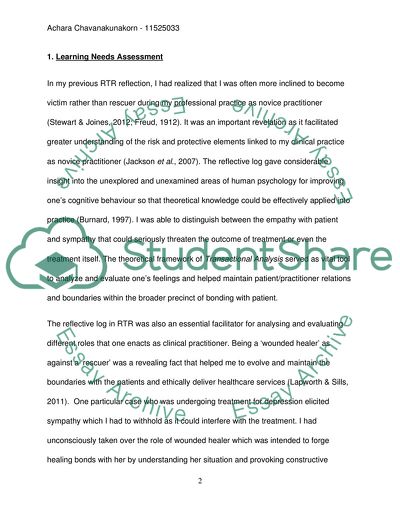Cite this document
(Continuing Professional Development Plan Coursework, n.d.)
Continuing Professional Development Plan Coursework. https://studentshare.org/health-sciences-medicine/1831101-continuing-professional-development-plan
Continuing Professional Development Plan Coursework. https://studentshare.org/health-sciences-medicine/1831101-continuing-professional-development-plan
(Continuing Professional Development Plan Coursework)
Continuing Professional Development Plan Coursework. https://studentshare.org/health-sciences-medicine/1831101-continuing-professional-development-plan.
Continuing Professional Development Plan Coursework. https://studentshare.org/health-sciences-medicine/1831101-continuing-professional-development-plan.
“Continuing Professional Development Plan Coursework”. https://studentshare.org/health-sciences-medicine/1831101-continuing-professional-development-plan.


